When mentioning Phu Quoc, many people think of swimming in the sea, but there is a very different scene, hidden deep in Phu Quoc National Park, arousing the curiosity of tourists.
Phu Quoc National Park (PNP) has a total area of 31,422 hectares, located in 6 communes: Cua Duong, Cua Can, Ganh Dau, Bai Thom, Ham Ninh and part of Duong To commune. The park has three forest ecosystems: evergreen broadleaf forest, cajuput forest and coastal mangrove forest. There are currently about 1,400 species of plants and nearly 500 species of animals, according to the Phu Quoc National Park Electronic Information Portal.
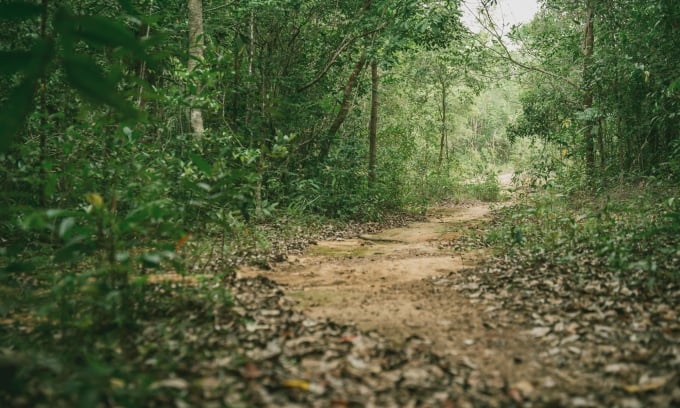
Trekking route in Phu Quoc National Park.
Nguyen Anh Tien, a tour guide in Phu Quoc, said trekking through the forest in Phu Quoc National Park is a new experience that has appeared in the past two years and is not yet known to many tourists. Each month, he accepts about 5-7 tours, each tour has 2-12 guests.
Le Minh Tan (29 years old, Ho Chi Minh City) on May 23 completed a 9 km trek, with different routes going and returning with three rest stops. "The trek is relatively easy, not too steep, suitable for beginners," said Tan after spending about three hours traveling there and about an hour and a half returning.
Because it does not require much physical strength, he has time to focus on observing, experiencing picking and eating wild fruits such as sim, fruit and leaves of galangal (mangosteen family), giù, and mushrooms. Depending on the season, there will be different types of wild fruits and leaves.
In addition to moss, soft-stemmed plants, fruit trees, ancient trees or edible plants, the tour guide also introduces rare plants, listed in the Red Book, or strange plants that you hear about for the first time. Some medicinal plants and precious herbs can be found on the trekking route such as lingzhi mushrooms, yunzhi mushrooms, and ant nest trees (bi ky nam).
If lucky, visitors can also encounter wild animals such as monkeys, weasels, crayfish, and monitor lizards. Some insects and reptiles are easier to encounter such as snakes, centipedes, and lizards.
Mr. Tien said that one of the situations that can easily make many people panic when trekking in the forest is encountering snakes. In this case, tourists need to stay calm, not chase them away, and avoid injuring or attacking the snake. Experienced guides will proactively handle the situation.
The final point of the trek is Thay Tu waterfall, about 5 m high. Surrounding the waterfall are arched rocks that help shield from rain and sun, and can also be used as a place to cook and take a nap. Near the waterfall, there is a sinkhole for visitors to take photos and check in.
The water from the waterfall flows into a relatively large lake right below, the water is clear and cool. Visitors can go swimming, fishing or taking pictures. There are also many large flat rocks for camping, watching the moon and stars at night.
"While trekking, it was raining, I thought I was unlucky. But when we got to the waterfall, the water rose, making the waterfall even more impressive," said Mr. Tan.
According to Mr. Tien, the best season for trekking this route is the dry season, from September to February of the following year when there is little rain, but waterfalls and streams still have plenty of water and lush vegetation. It is currently the rainy season in Phu Quoc, but because the terrain is not too complicated, visitors can still experience trekking, just avoid going during storms and heavy rain.
Mr. Tien suggests that visitors should bring insect repellent, long-sleeved clothes, hats, sunglasses and sunscreen, swimsuits, sneakers and waterproof bags for phones.
Food is prepared in advance by the guides. On the trek, visitors can pick some mushrooms and wild vegetables to eat with grilled meat at the accommodation. The National Park has strict regulations on the use of fire and hunting and gathering, visitors must follow the instructions of the guides.
Tourists are also reminded not to litter, not to touch animals or plants in the forest, not to cut down or take anything out of the forest. The guides of Mr. Tan's group all carry bags and pick up all the trash on the trek.
"Looking at these images of lush green trees, it's impossible to believe that this is a forest in Phu Quoc," said Mr. Tan, who had assumed that Phu Quoc's forest was "poor". If you are familiar with the green color of Phu Quoc's sea, Mr. Tan suggests that visitors should come and admire the green color of the forest to have interesting experiences.
Quynh Mai
Photo : Nguyen Anh Tien
Source link




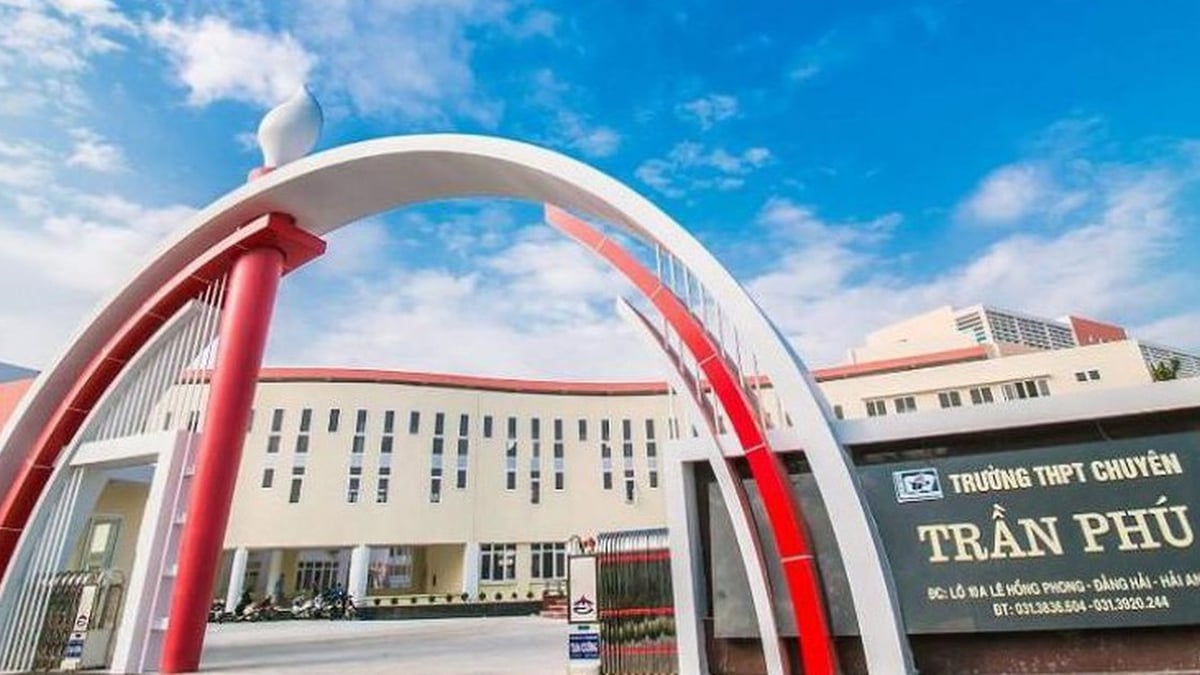


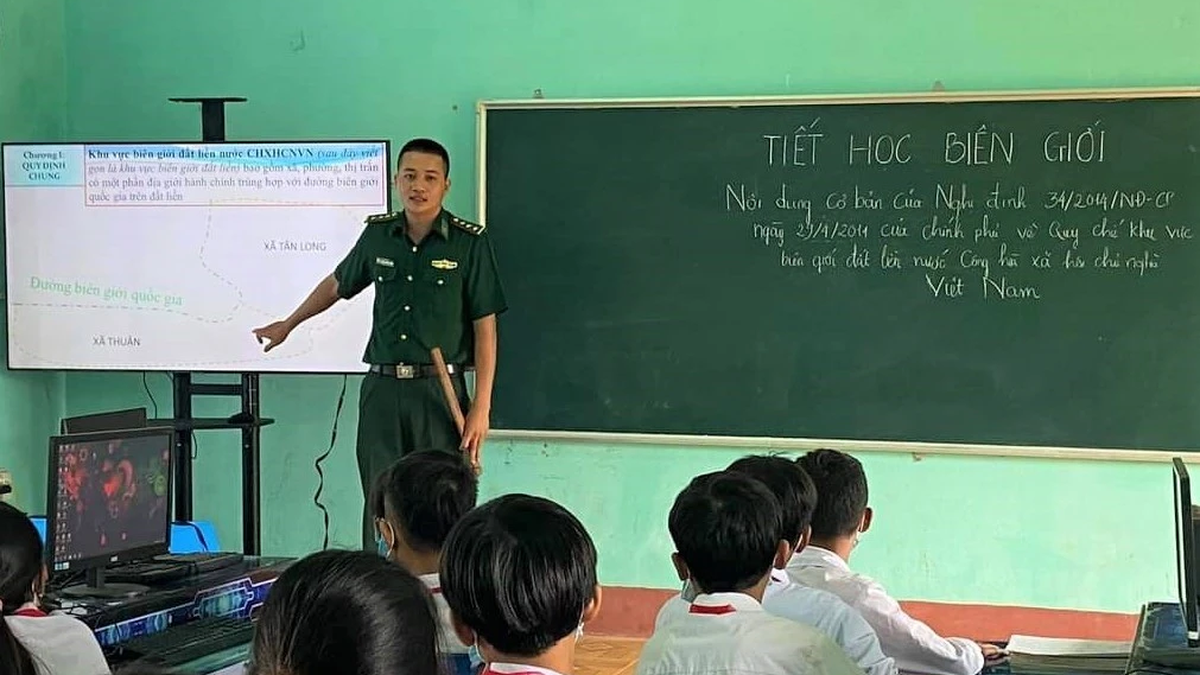
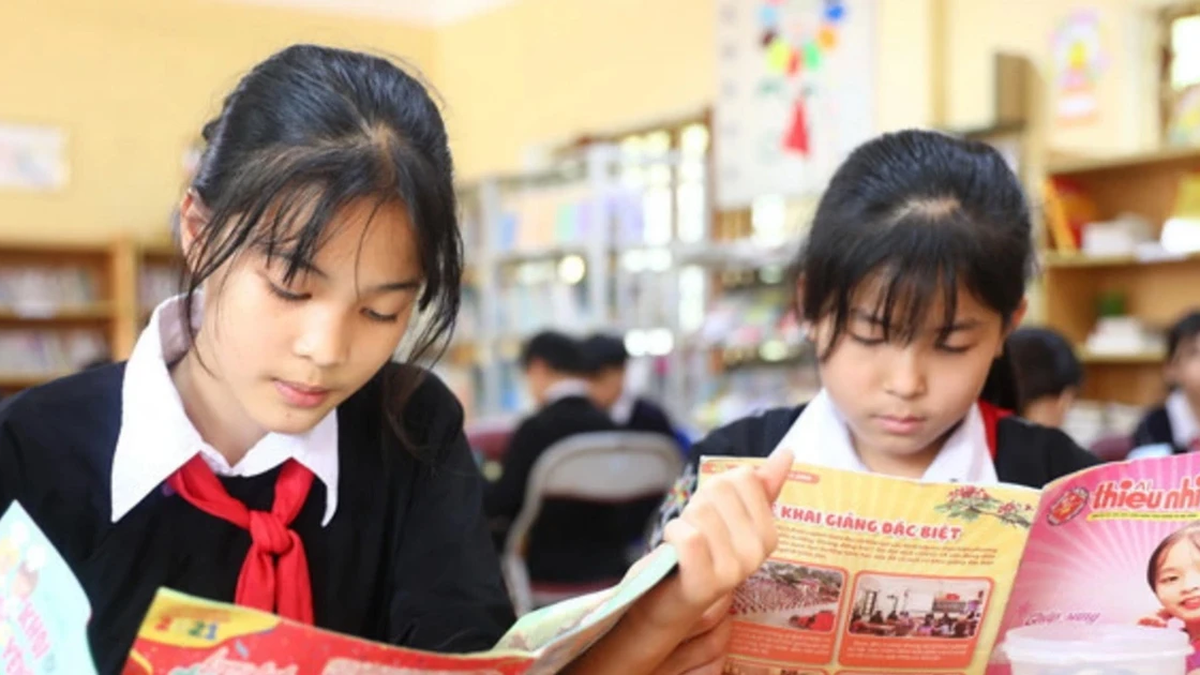



























































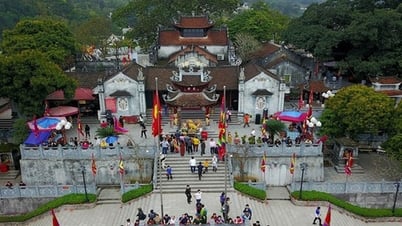


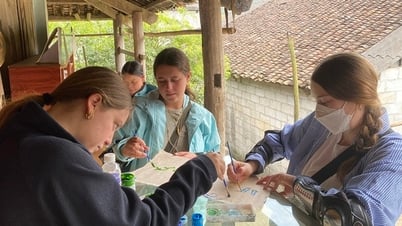


























Comment (0)